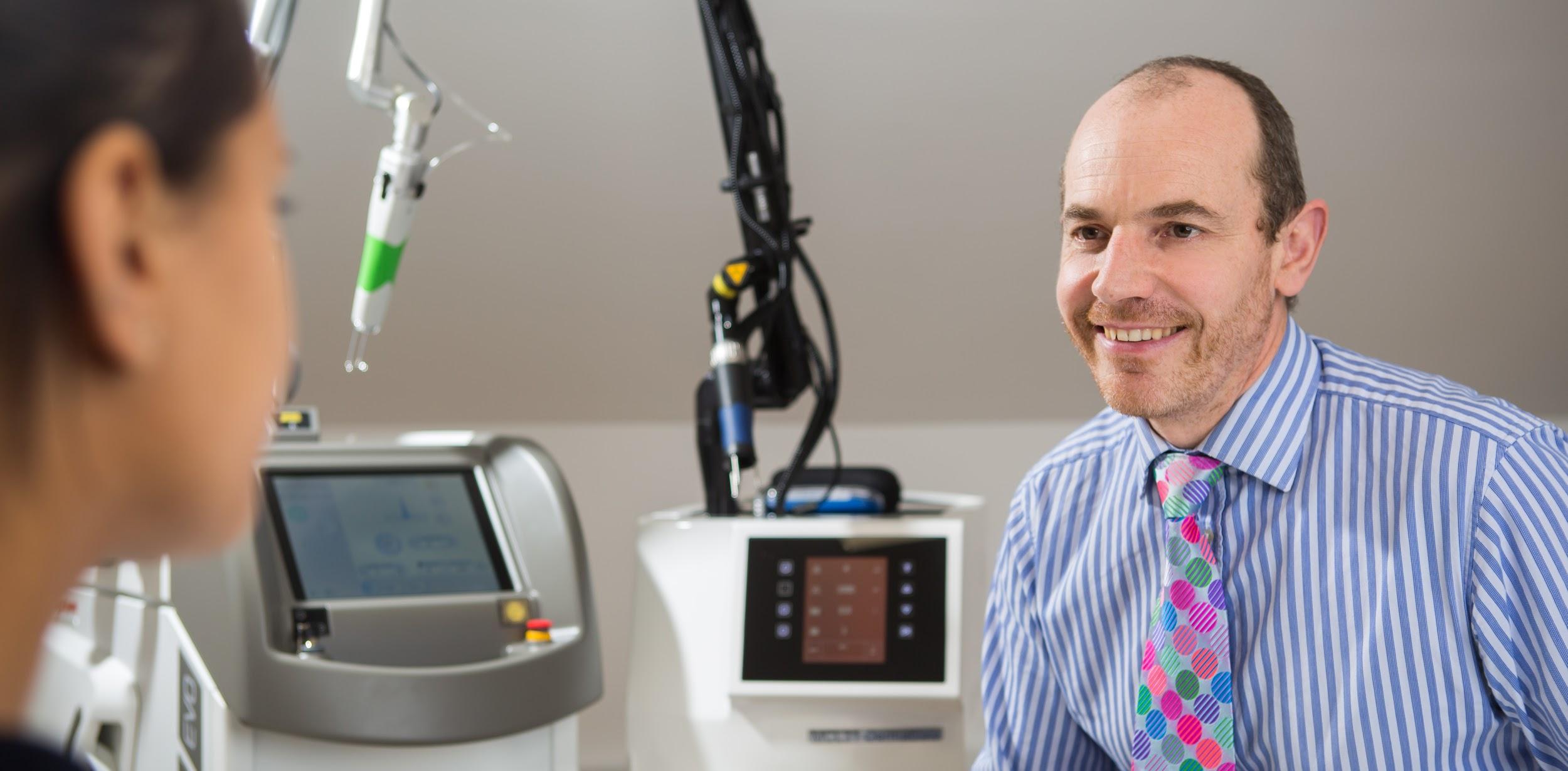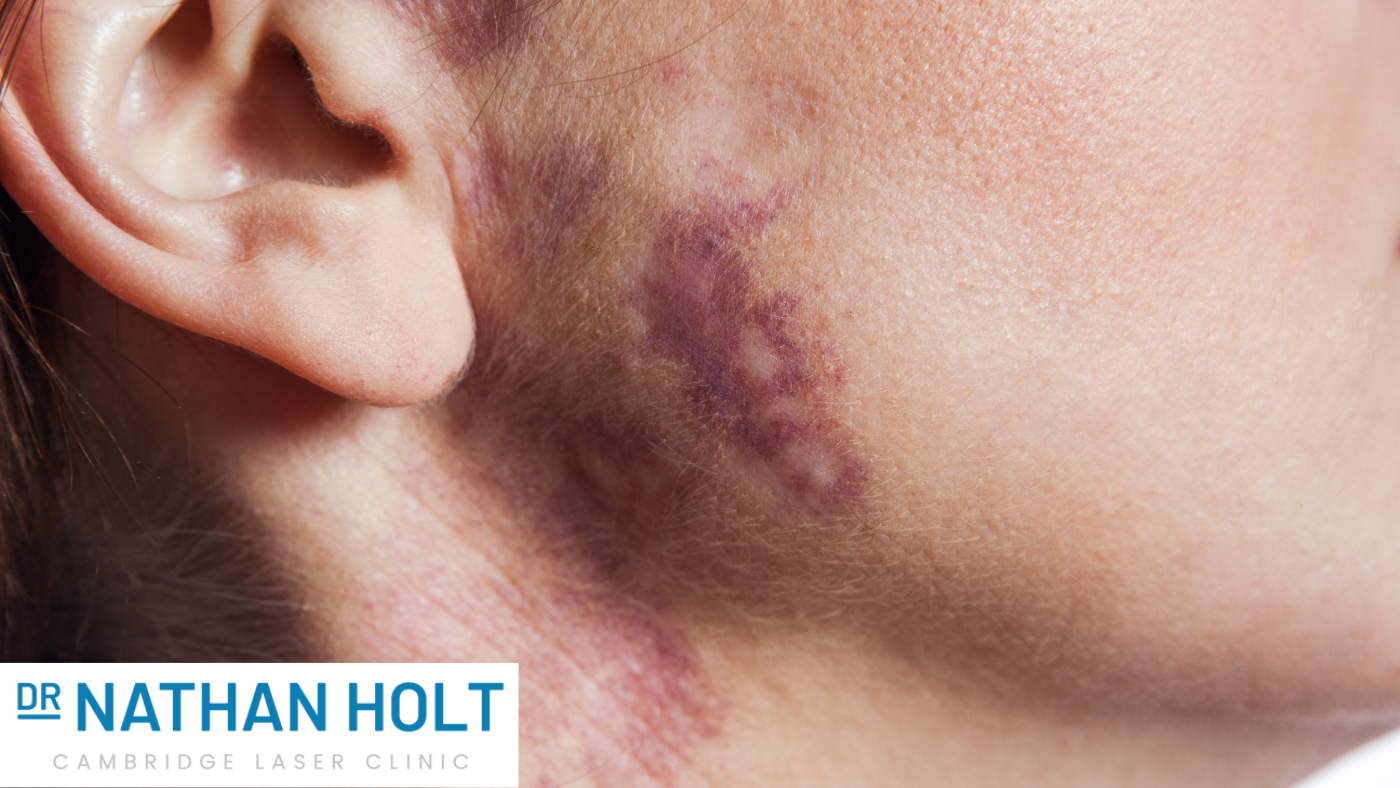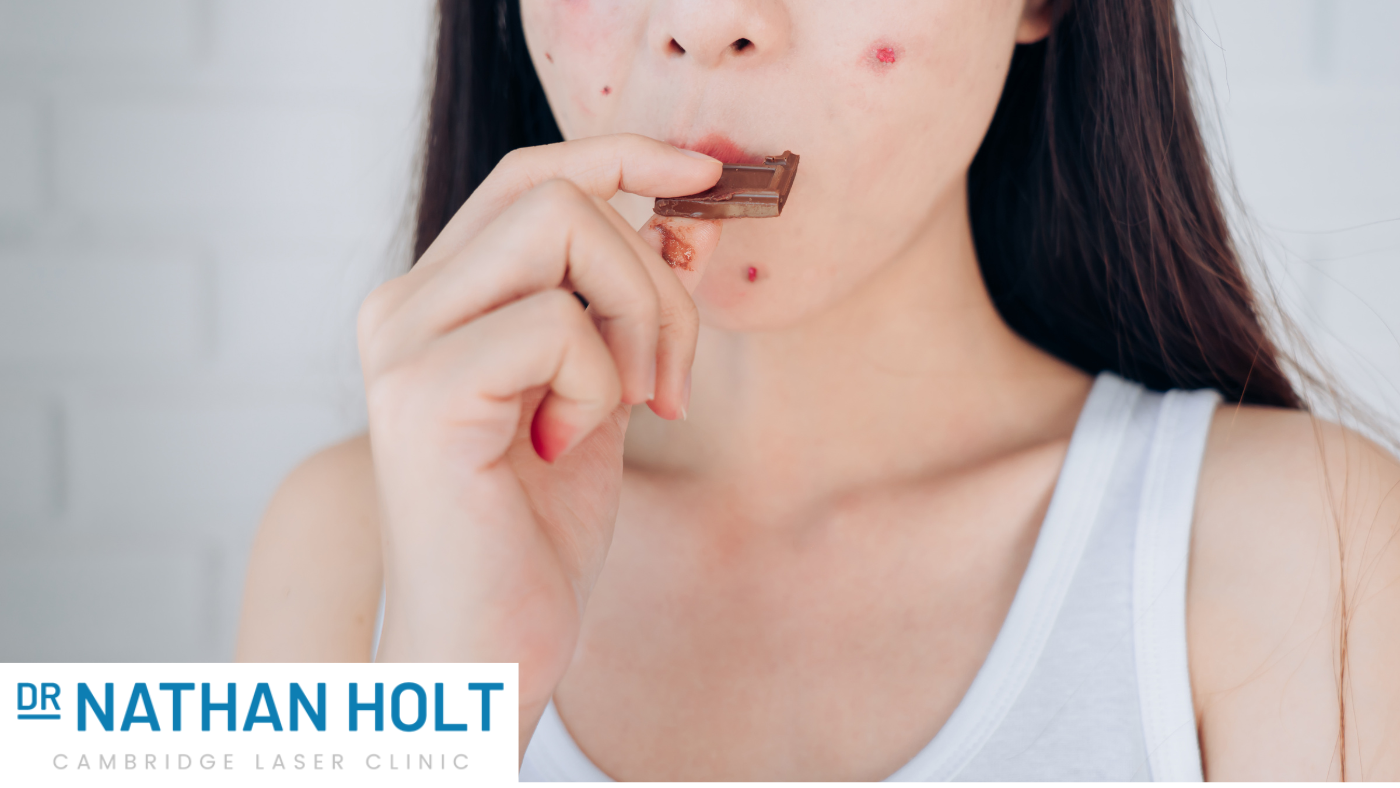Rosacea, a chronic skin condition characterised by facial redness, swelling, and visible blood vessels, can…

Ultimate Guide to Botox in 2022
If you know anything about combating the signs of ageing and cosmetic procedures, you will know that Botox is one of the most popular treatments. It’s used by men and women alike to reduce the appearance of fine lines, wrinkles and crow’s feet on the face. However, many people considering Botox are somewhat unsure of how Botox works and what the treatment entails. Luckily, our Ultimate Guide to Botox in 2022 is sure to help.
What is Botox?
Botox, or botulinum toxin, is a cosmetic treatment that relaxes the muscles in specific areas of the body. It is most commonly used on the forehead but can be used elsewhere, such as on the end of your nose and around the eyes. Botox is widely used to treat moderate to severe fine lines and wrinkles and other problems such as bladder issues and excessive sweating.
Botox is made using a bacteria known as clostridium botulinum, which can be found all around us. It’s often found in soil, dust, dirt, fish, animals and marine sediments. When injected into the body, this bacteria targets and weakens specific muscles. For example, when injected into the forehead, Botox targets the muscles used for smiling and frowning. By weakening them, the lines the muscles create when they move are made significantly less noticeable due to the muscles being relaxed.
There are a lot of cosmetic treatments out there, but Botox is one of the most popular and well-known treatments used to combat the signs of ageing.
What Areas Can Botox Treat?
When most people think of Botox treatment, they think about reducing the appearance of lines and wrinkles on the face. It’s often used to target forehead wrinkles, crow’s feet around the eyes, lines around the mouth and chin dimpling. However, Botox can be used to treat several other areas. It’s not a treatment that focuses solely on the signs of ageing and relaxing facial muscles; the effects are impressive.
Botox is also commonly used as a treatment for neck spasms, bladder issues, migraines, excessive sweating and muscle pain. For example, Botox can be injected into the underarms to help keep excessive sweating under control. Similarly to how Botox reduces the signs of fine lines and wrinkles, it treats these issues by relaxing the muscles in the problem area.
Impressive results can be achieved with Botox, but there are some things to avoid after treatment to ensure the results are as good as expected. You should avoid rubbing or pressing on the injected site for a day after your Botox treatment and also avoid exercise, sauna use, sweating and intense heat for around 24 hours after treatment. This is to ensure that the Botox works to the best of its ability and that the correct muscles are targeted.
Is Botox Treatment Painful?
Typically, Botox treatment is not painful, and each treatment only takes around 10 minutes; it’s very much an ‘in and out’ treatment once the details and treatment plan have been discussed with the person performing the Botox treatment.
It’s a quick and straightforward treatment, requiring no numbing or anaesthesia. Though you should expect to feel a slight pinch or sharp poke, it’s highly unlikely that Botox treatment will cause a significant amount of pain or discomfort. For most people, Botox is relatively pain-free.
How Long Does Botox Last?
Botox is not a permanent treatment, with the effects lasting between three and four months. When the results of Botox begin to wear off, which they always will eventually, another treatment will be required to ensure the results are upheld. This is why there is no treatment or process to reverse Botox, as the results will eventually wear off. If you do not keep up with Botox treatments, the results will eventually disappear altogether.
Once the impact of Botox wears off, wrinkles and fine lines will slowly start to reappear. If Botox has been used to treat another issue such as excessive sweating or migraines, the symptoms will also begin to reappear slowly as Botox starts to wear off. This is why Botox is a treatment that people have on an ongoing basis, around every three to four months.
It’s also important to remember that Botox results are not instant, so at first, it may look as though very little has changed, which is to be expected. Within the first 24 to 48 hours, you should notice that wrinkles start to smoothen and become increasingly less prominent. However, optimum results should be expected between seven and ten days after treatment.
Are There Any Risks Associated With Getting Botox?
Botox is a safe treatment when performed by an experienced professional, so it’s important to choose a reputable practitioner offering Botox in Cambridge. You might experience some bruising or swelling around the injection site, but this is rare and will subside within a few days. Not everyone bruises after having Botox treatment, and a small amount of bruising is nothing to worry about.
Other side effects of Botox include headaches, pain or discomfort around the injection site, blurred vision, itching, dizziness, tiredness, eye problems and itching. However, these are uncommon, and most people experience no short-term or long-term side effects.
Cosmetic Botox Cambridge
There is a lot of information about Botox, but your specific treatment will depend on several factors. For example, the amount of Botox you need and the location of the Botox will have an impact on the cost and frequency of treatment. The more Botox is used, the more noticeable the treatment will be. It’s essential to balance using enough Botox to make a difference without using too much and preventing the muscles from moving naturally. To find out more about booking botox treatment in Cambridge, speak to a specialist.



